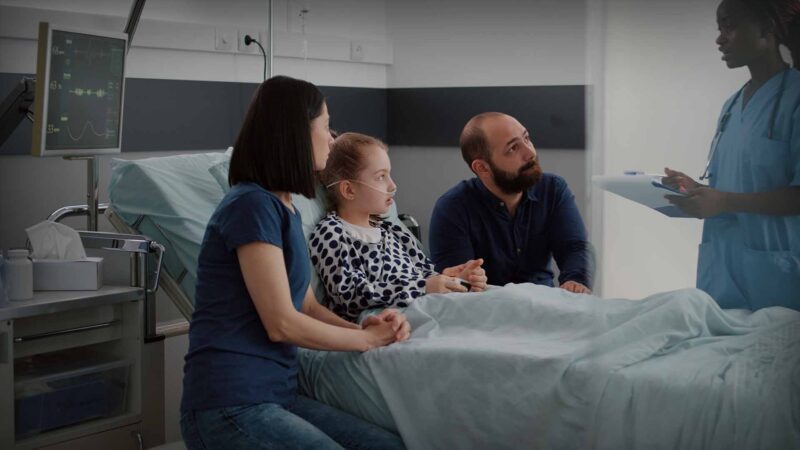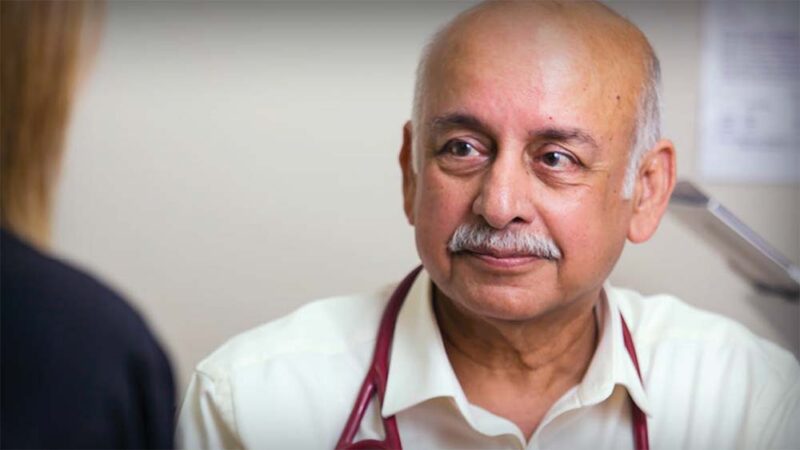SURGICAL SITE INFECTION (SSI) SYNOPSIS, INCLUDING MODIFIABLE AND NON-MODIFIABLE RISK FACTORS Estimated 45,000 SSIs occur annually in Australia leading to approximately 900 deaths.
Reducing surgical site infections (SSIs) involves a combination of measures before, during, and after surgery. These include preoperative measures, with preoperative antibiotics, skin preparation and hair removal.
Intraoperative measures including deploying sterile and proper surgical technique, including maintaining normothermia or body temperature within ranges that optimise immune function and wound healing.
Postoperative measures include surgical wound management, using appropriate dressing changes, and anti-bacterial sutures. The mobilisation of the patient is continued to improve circulation and promote healing, as well as the monitoring and surveillance of signs of infection.
Some of these measures are discussed by Professor Philip Russo, a healthcare researcher and the Director of Research at Nursing and Midwifery at Monash University in Melbourne.
Professor Russo has dedicated the last decade to studying healthcare-associated infection and infection prevention and control. His focus has been on surgical site infections, which are common in hospital settings.
He talks about surgical site infections classified as either superficial, involving only the subcutaneous tissue, or deep, which may involve muscle, bone, or organs. These infections occur after a surgical procedure, manifesting as redness, soreness, and fever around the surgical site. While superficial infections are generally easier to treat with a short course of antibiotics and are often managed outside the hospital, deep and organ space infections are more serious and can be life-threatening. They often require long courses of antimicrobial therapy and may necessitate additional surgical intervention, leading to extended hospital stays and increased morbidity and mortality.
Talking to the Australian Health Journal, Professor Russo states there is a particular concern in joint operations, such as hip or knee replacements, as infections in these areas can have severe consequences, including the removal of the infected joint, prolonged treatment, and significant costs for both hospitals and patients. Despite the substantial impact of surgical site infections, Australia lacks a national surveillance program for these infections, making it challenging to obtain accurate data. However, an estimate suggests that around 45,000 surgical site infections occur annually in Australia, resulting in approximately 900 deaths.
To better understand the prevalence of surgical site infections, Professor Russo and his team conducted a point prevalence survey in 19 acute large hospitals across Australia. The survey revealed that approximately 10% of patients had an infection, with surgical site infections accounting for around 28% of these cases, making them the most common type of infection found in adults in acute care hospitals in 2017-2018.
Professor Russo also highlights various risk factors that contribute to the development of surgical site infections, including non-modifiable factors such as age, gender, and immune status, as well as modifiable factors like diabetes, obesity, and tobacco use. By addressing these risk factors before and during surgery, the likelihood of infection can be reduced.
Through his research, Professor Russo aims to raise awareness about the significant impact of surgical site infections and the importance of implementing preventive measures to reduce their occurrence and improve patient outcomes.
You Might also like
-
HIGHLIGHTS Consumers and communities as agents of health care change and improvement
Policymakers, health administrators and clinicians must learn and embrace new ways to harness the transformative role consumers, community members and carers can play. Conversely, consumers and communities need support, capability and capacity to engage as equals in policy, research, program and service design. This is necessary if are to be less technocratic and realise the vision where all members of society can live the best life possible.
-
Shaping Health, Advancing Nursing through training, upskilling & scholarships
The Chief Executive Officer of Australian College of Nursing, Adjunct Professor Kylie Ward FACN spoke in depth with Australian Health Journal about:
The key recommendations in ACN’s pre-budget submission to Federal Government
The impact of legislation requiring a Registered Nurse (RN) at every residential aged care facility from 1st July 2023
Why scholarships in nursing leadership are important
Why ACN has recommended the Government fund 200 Pacific nurses in 15 nations for the online ACN postgraduate certification
The need for a multi-pronged approach that includes skilled migration in rebuilding the nursing workforceIn the lead up to the Australian Federal Budget in May 2023, Australian Health Journal reached out to peak health industry bodies to hear about their priorities, either noted in pre-budget submissions lodged with Federal Government in January 2023 or in recent forums such as the Strengthening Medicare Taskforce.
-
GP Health of The Nation
As Australia’s largest professional general practice organisation, the RACGP represents more than 43,000 members, including more than 24,000 Fellows who have completed specialist training (or its equivalent). These are the frontline GPs who treat almost 22 million patients across the country every year.
Each year the runs a survey across Australian Doctors. This year’s report reflects the experience of more than 1300 RACGP Fellows from across Australia. Despite this and other achievements, the share of total government healthcare spend for primary care is in decline.



